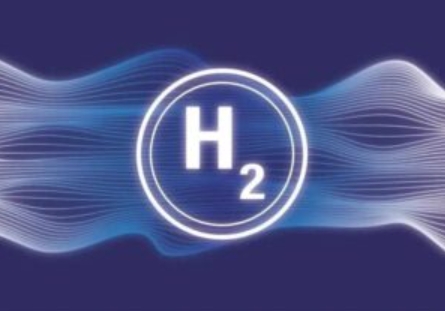
The initial phase involves constructing a hydrogen production plant with a capacity of up to 5 MW, alongside a refueling station for buses and heavy commercial vehicles. Karl Schultheis, Head of New Business Development at Energiequelle Finland, noted: “If the right market conditions are met, we expect the first phase to be ready by 2028. However, this is a major industrial project and investment, so the planning reservation we have now received is only one of the first steps towards making concrete investment decisions. In projects of this size, planning and studies are always carried out carefully.”
Future phases could expand the plant’s capacity to 10-50 MW, with potential hydrogen exports through a planned pipeline and the Port of Oulu, depending on infrastructure availability. A third phase envisions further scaling to 100-500 MW. The project’s timeline and scope will hinge on market conditions and infrastructure development at the chosen greenfield site.
Oulu has designated the same industrial area for three hydrogen production and processing facilities, including Energiequelle’s project, with a combined potential capacity of up to 1500 MW. Nils Borstelmann, Managing Director of Energiequelle Finland, commented: “We believe that Oulu’s strategy of bundling several hydrogen production operators in the same area is the right one, as it supports the development of hydrogen transmission infrastructure in the region and sends a clear message to the energy-intensive industry that they can count on hydrogen production in the region in the future. This is exactly the kind of predictable investment environment and confidence-building policies we hope to see from local, national and European decision-makers.”
Finland’s favorable conditions for renewable energy, including affordable and nearly emission-free electricity, support the project’s viability. Currently, 95% of Finland’s electricity is generated without emissions, and new wind farms operate without subsidies. Schultheis added: “Finland’s national hydrogen strategy has set a target of producing 10% of all green hydrogen in the whole European Union, and Germany’s national hydrogen strategy has outlined a national demand for hydrogen and hydrogen derivatives of 95-130 TWh by 2030, of which around 50-70% (45-90 TWh) will have to be imported. Finland and Germany are perfect energy partners.”
In January 2025, Gasgrid Finland, the state-owned gas transmission operator, received EU funding for three hydrogen transport projects in the Baltic Sea region. These initiatives aim to connect Finland with Sweden, Estonia, Latvia, Lithuania, Poland, and Germany, fostering a robust hydrogen infrastructure to support clean energy production and regional energy goals.